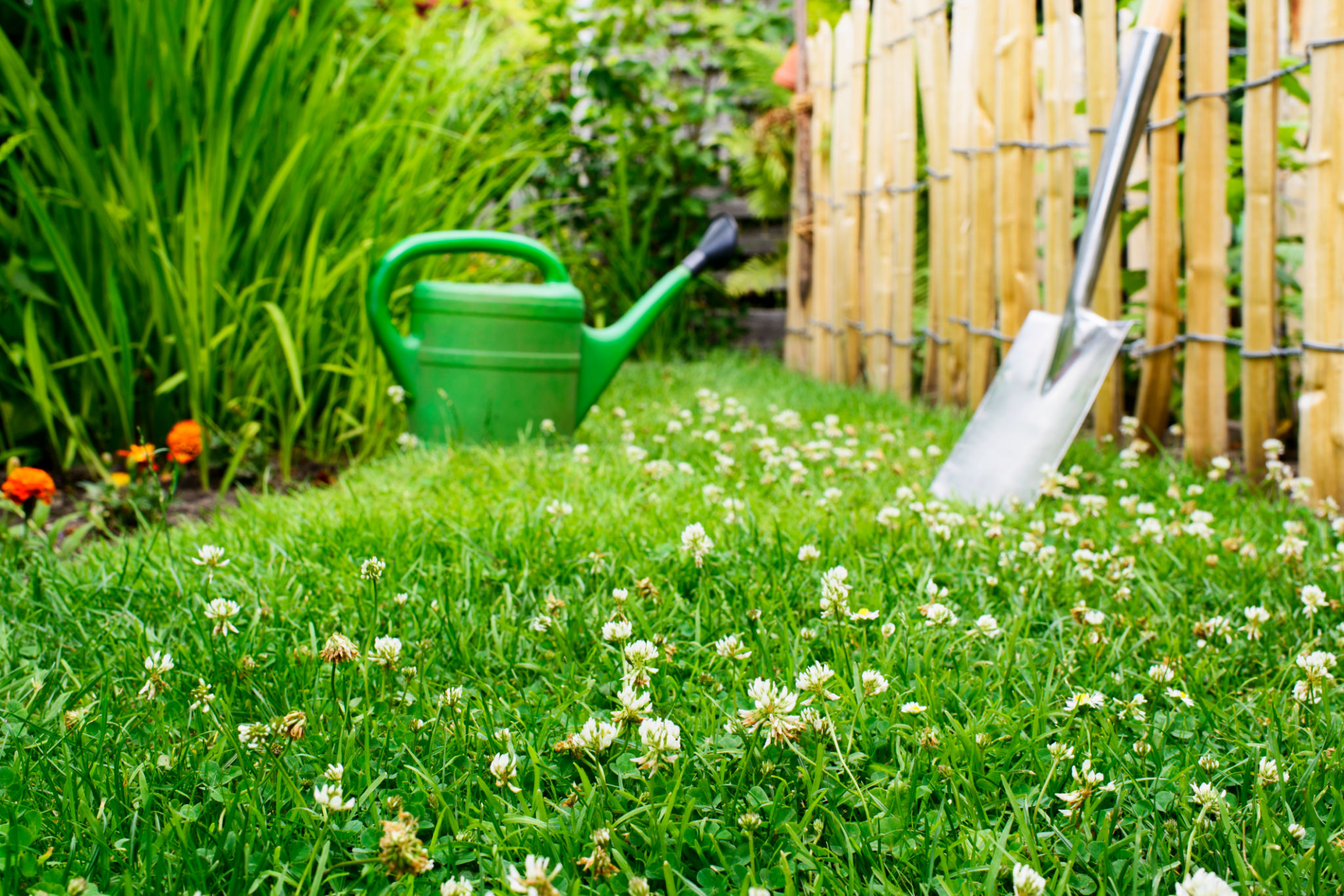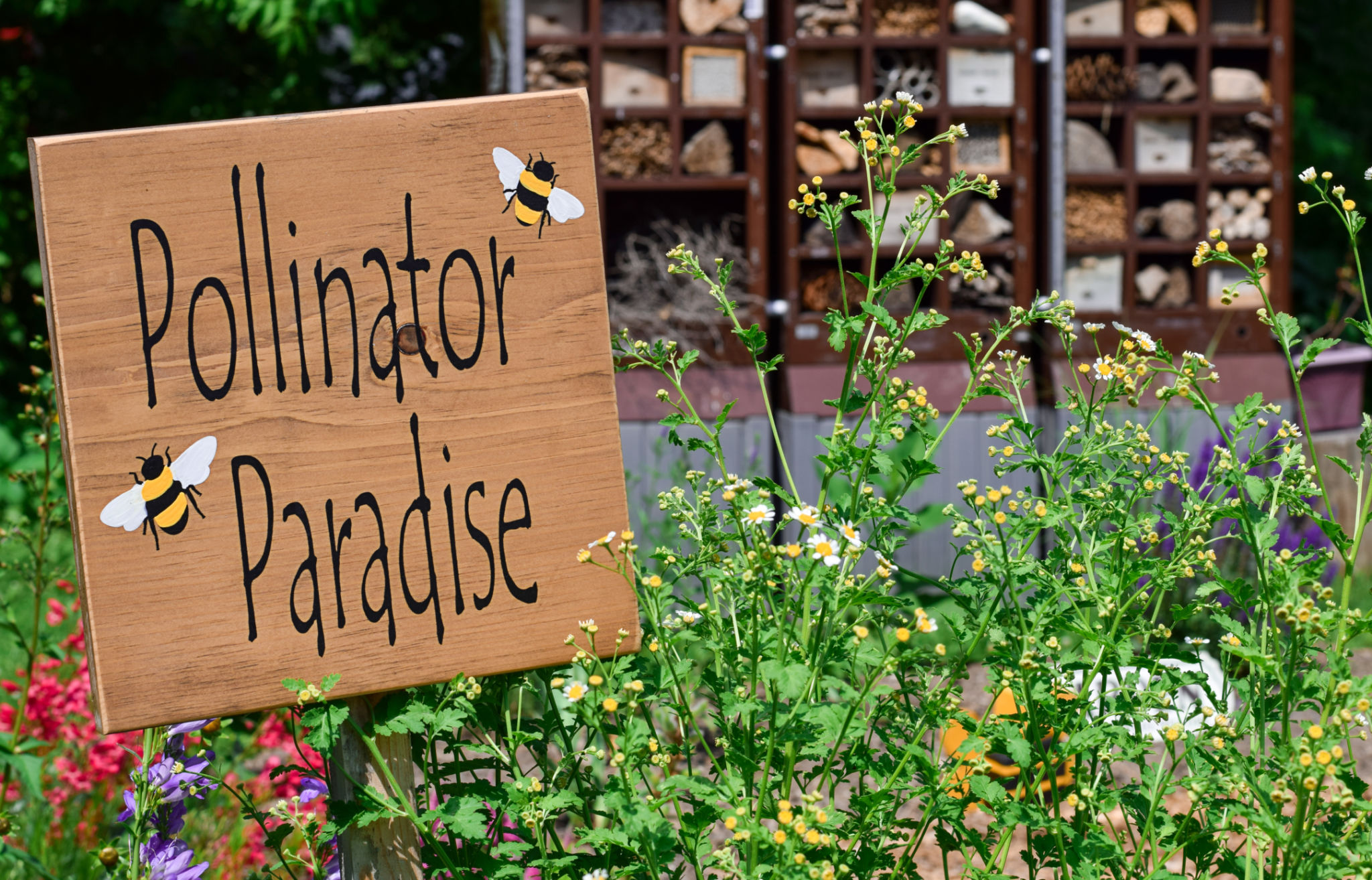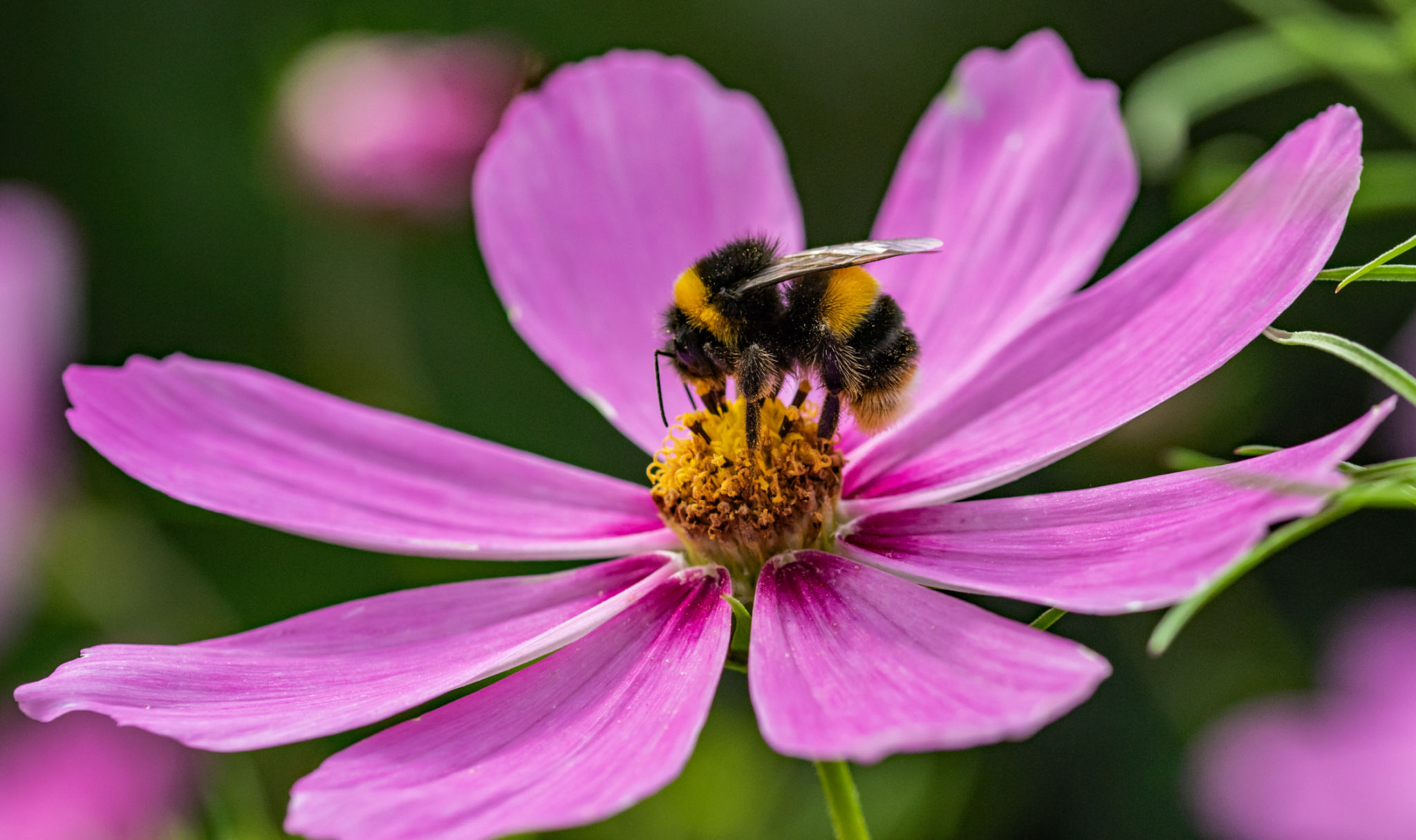Pollinator-Friendly Landscaping: How Clover Lawns Support Local Ecosystems
Understanding Pollinator-Friendly Landscaping
Pollinator-friendly landscaping is an essential practice for supporting biodiversity and maintaining healthy ecosystems. By creating environments that attract and sustain pollinators like bees, butterflies, and birds, we contribute to the health of local flora and fauna. One effective way to achieve this is by incorporating clover lawns into our landscapes.
Clover lawns are becoming increasingly popular due to their environmental benefits and aesthetic appeal. Unlike traditional grass lawns, clover lawns require less maintenance, water, and fertilizers, making them an eco-friendly alternative. This not only supports pollinators but also reduces the carbon footprint associated with lawn care.

Benefits of Clover Lawns
Reduce Water Usage
Clover lawns are naturally drought-resistant, which means they require significantly less water compared to traditional grass lawns. This characteristic makes them ideal for areas prone to dry spells or regions looking to conserve water. By choosing clover, homeowners can reduce their water bills while simultaneously conserving a vital natural resource.
Improve Soil Health
Clover is a nitrogen-fixing plant, meaning it draws nitrogen from the air and deposits it into the soil. This process enriches the soil, reducing the need for chemical fertilizers. Healthier soil supports a diverse range of plant life, which in turn provides food and habitat for pollinators.

Supporting Local Pollinators
Attracting Bees and Butterflies
Clover flowers are rich in nectar, which attracts bees and butterflies. These pollinators play a crucial role in plant reproduction, helping to fertilize flowers and produce seeds. By planting clover lawns, homeowners can create a thriving habitat that supports these vital species throughout the growing season.
Providing a Safe Habitat
Unlike traditional lawns treated with pesticides and herbicides, clover lawns provide a safe haven for pollinators. The absence of harmful chemicals ensures that bees, butterflies, and other beneficial insects can forage without risk. This safe environment is crucial for maintaining healthy pollinator populations.

Implementing Clover Lawns
Choosing the Right Clover
There are several types of clover suitable for lawns, including white clover and microclover. White clover is more common and grows taller, while microclover blends seamlessly with grass for a uniform appearance. Selecting the right type depends on personal preference and specific lawn needs.
Planting Tips
- Sow clover seeds in early spring or late summer for best results.
- Ensure the soil is well-drained and free of weeds before planting.
- Mow infrequently to encourage flowering and support pollinator activity.
By following these tips, homeowners can establish a sustainable and visually appealing clover lawn that benefits both their property and local ecosystems.